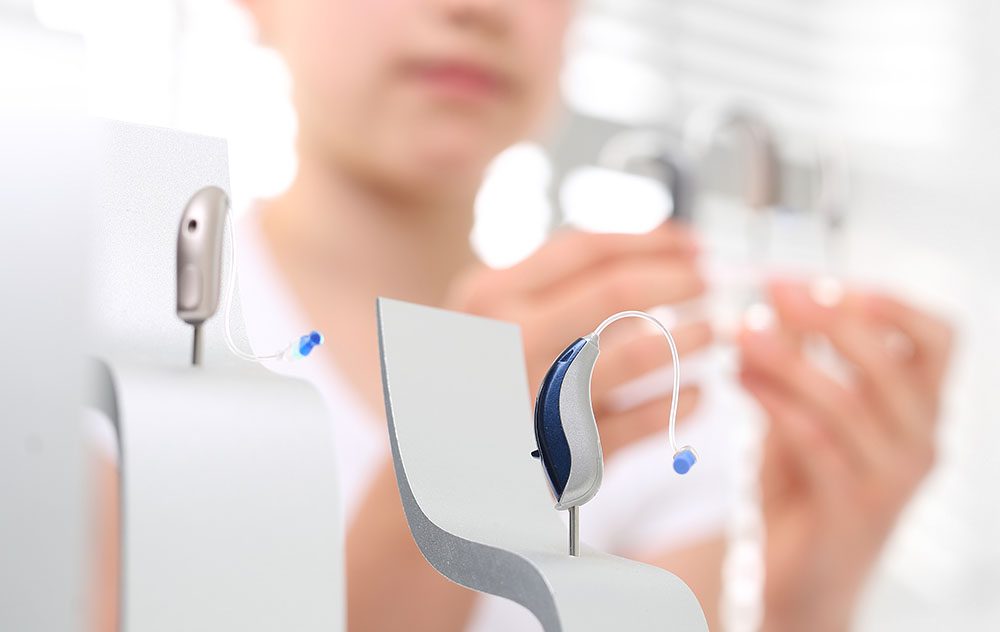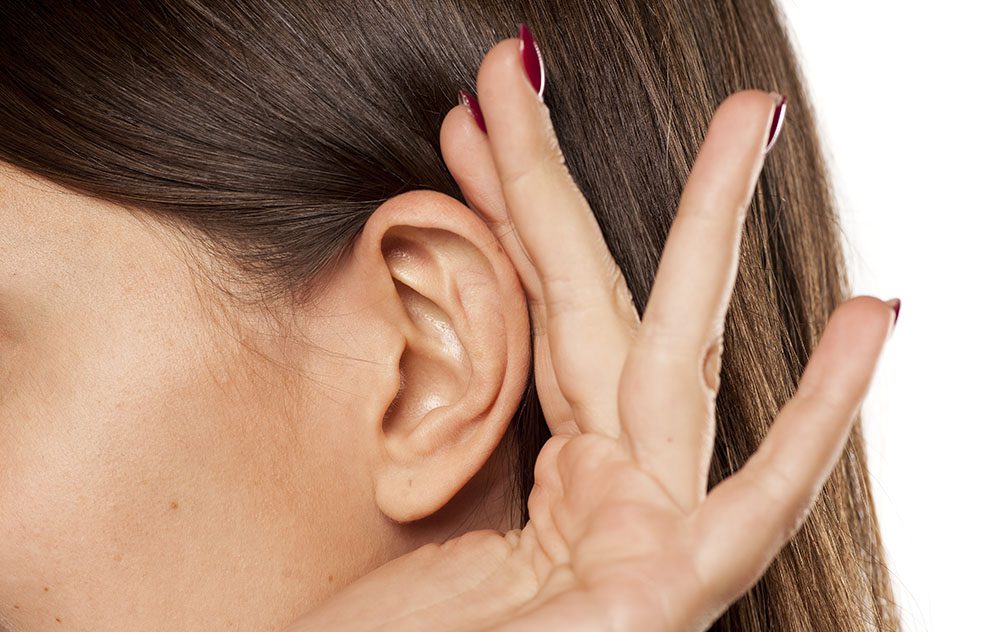10 Ways to Make Hearing Loss Easier to Deal with at Work
We’re going to take a look at 10 things you can do at work to make it a

By: admin | August 6, 2018
If you think computers, smartphones, and tablets are the only types of technology that get exponentially better from year to year, guess again. Hearing aid tech is always being improved upon, and even if you had a bad experience a few years ago, you may be surprised at what you’d find now. We’re about to debunk the 11 biggest misconceptions about hearing aids.
If you think hearing loss only affects the elderly, here are a few statistics to keep in mind.
First of all, you’ll notice that many people today walk around with Bluetooth ear pieces, so having something in your ear is more socially acceptable now than ever before. Second, hearing aids keep getting smaller and more discrete, so most people won’t even immediately notice you wearing one.
How come we think this way about our hearing but not our sight? A person doesn’t wait until they are almost blind to get glasses. Hearing aids become an option once there is any hearing loss at all. Medically speaking, it is important to correct even small amounts of hearing loss since researchers have linked hearing loss with cognitive problems like memory loss.
We make payments for important things and sometimes even for things we don’t need, so while hearing aids may not be cheap, the payments can be affordable. If you can get hearing aids on a payment plan, just think of all the conversations you won’t have to miss out on while you make those payments. And for those who just can’t afford them at all, the HLAA provides financial resources you can tap into.
This was true in the old days. You either cranked your hearing aids up to deafening levels, or you got nothing. However, modern devices can produce a full spectrum of volumes. Some top end models even adjust the volume setting for you.
Actually, some modern hearing aids have a feature that lessens the effects of tinnitus. Combine that feature with clearer hearing and you have the recipe for being able to hold a normal conversation again.
Don’t get me wrong: One hearing aid will still be beneficial, but remember that sound comes from all around us. Having a hearing aid in the ear that still hears well will allow the two devices to work in harmony and provide you a better sense of the direction that sounds are coming from. To go back to the glasses illustration, you wouldn’t buy a pair with just one lens if your vision was only bad in one eye, right?
A professional should never try to hustle you. If you are concerned, ask for some credentials. Find out what education they have, what their experience is, and don’t be afraid to ask for references. There are some people out there who will say anything they have to in order to make a sale, and then there are healthcare professionals who genuinely care about you.
Some worry that follow-up visits are a scam being pulled by their audiologist. The fact is that everyone’s ears are different. Minute adjustments can make a world of difference in how hearing aids will work for you. A follow-up visit may make the difference between feeling that your hearing aid doesn’t do much for you and feeling like you’ve gotten your hearing back completely.
That would be nice, but it’s not the way it works. This is especially true if you’ve had hearing problems for a while. The sweet spot seems to be about 3 adjustments for most patients to receive optimal benefit.
Actually, most states require hearing aids to be protected with a return policy, some up to 30 days. Check with your salesperson to see what the local policy is. A portion of the cost may be non-refundable in some cases. In others, you may have several days or even weeks to decide if you like your new hearing aids at no risk to you.
Statistics and research mentioned are taken from the Better Hearing Institute. BHI is a not-for-profit corporation that educates the public about the neglected problem of hearing loss and what can be done about it. Find them at www.betterhearing.org.
Article Written By
Caleb Rhodes, HIS
Caleb Rhodes studied at Western Kentucky Technical and Community College and Parkland College in Champaign Illinois with a focus on hearing instrument sciences. He began assisting the hearing impaired in 2003 and is licensed as a hearing instrument specialist.

We’re going to take a look at 10 things you can do at work to make it a
By: admin | August 6, 2018

Most people think of hearing loss putting a person at a disadvantage in
By: admin | August 6, 2018

The number one reason people don’t get hearings aids is due to common
By: admin | August 6, 2018
